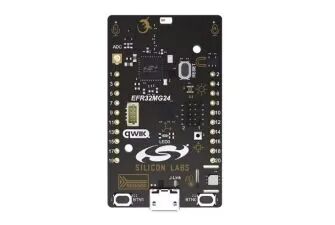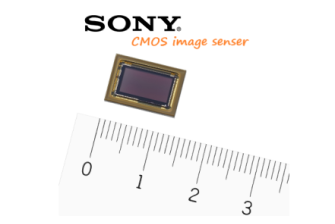
The Bluetooth Special Interest Group (SIG) recently released the Bluetooth 6.0 standard, marking the beginning of a new era in wireless connectivity technology. As the latest version of Bluetooth technology, Bluetooth 6.0 not only continues the excellent features of its predecessors but also brings significant improvements in positioning services, audio streaming, and device networking, including enhanced security and improved distance measurement accuracy.
The Core Upgrades of Bluetooth 6.0
One of the standout features of Bluetooth 6.0 is the Bluetooth channel detection capability. This feature significantly enhances the accuracy and security of distance measurements between devices through bidirectional ranging technology. Compared to traditional Bluetooth ranging techniques, Bluetooth channel detection supports up to four antenna paths, minimizing multipath effects and ensuring measurement accuracy. Additionally, this feature includes various security mechanisms, such as a Distributed Random Bit Generator (DRBG), effectively preventing man-in-the-middle and relay attacks, further enhancing communication security between devices. Besides channel detection, Bluetooth 6.0 also introduces decision-based advertising filtering and monitoring capabilities, greatly improving device scanning efficiency. These features optimize device power consumption by reducing the time spent scanning data packets, thereby extending battery life. Furthermore, Bluetooth 6.0 enhances the ISOAL (Isochronous Adaptation Layer) functionality, improving data transmission reliability and reducing the latency in generating framed PDUs, further enhancing data transmission efficiency.
Application Scenarios of Bluetooth 6.0
The upgraded features of Bluetooth 6.0 bring new possibilities to numerous application scenarios. In positioning services, the precise ranging capability of Bluetooth 6.0 makes it an ideal choice for devices such as pet trackers and asset trackers. Bluetooth channel detection can be combined with AoA (Angle of Arrival) and AoD (Angle of Departure) to achieve high-precision indoor positioning, widely applied in smart home and warehouse management scenarios. In the field of proximity sensing, the enhanced security features of Bluetooth 6.0 make it an ideal choice for applications such as smart locks and keyless entry systems. With Bluetooth 6.0, users can control access to sensitive areas more securely, preventing unauthorized intrusions.
Silicon Labs’ Bluetooth 6.0 Solutions
As a leading supplier of Bluetooth technology, Silicon Labs quickly responded to the release of Bluetooth 6.0 by launching solutions that support Bluetooth 6.0 and Bluetooth channel detection. Their single-antenna solution RB4198A and dual-antenna solution DK2606A are suitable for low-power asset trackers and size-constrained key fobs, meeting the needs of different scenarios.
| For more details, please click on “Read the Original” at the end of the article. |
 |
xG24-DK2601B Development Kit Silicon Labs The EFR32xG24 Dev Kit is a compact and powerful development platform suitable for rapid wireless IoT prototyping. It supports output power up to +10 dBm, 20-bit ADC, and includes an AI/ML hardware accelerator, making it an ideal choice for AI/ML platforms such as TinyML, Edge Impulse, SensiML, and MicroAI. |
 |
MP3416 – Synchronous Converter MPS The MP3416 is a low quiescent current boost converter that uses peak current control and variable frequency architecture to regulate output voltage. The MP3416 can operate with input voltages as low as 0.86V, providing output voltages from 1.8V to 5.5V. |
 |
STARVIS CMOS Image Sensor SONY Surveillance cameras need to capture clear images in various environments. SONY’s image sensors provide high sensitivity performance suitable for night-time shooting, meeting this demand. |
 |
Si536x – Jitter Attenuator Skyworks Skyworks’ jitter attenuator leads the industry in jitter performance and frequency flexibility. The best-in-class ultra-low jitter frequency components are designed to meet the stringent specifications and high-performance requirements of network infrastructure, reducing costs and complexity for various frequency applications. |
| For more details, please click on “Read the Original” at the end of the article. |